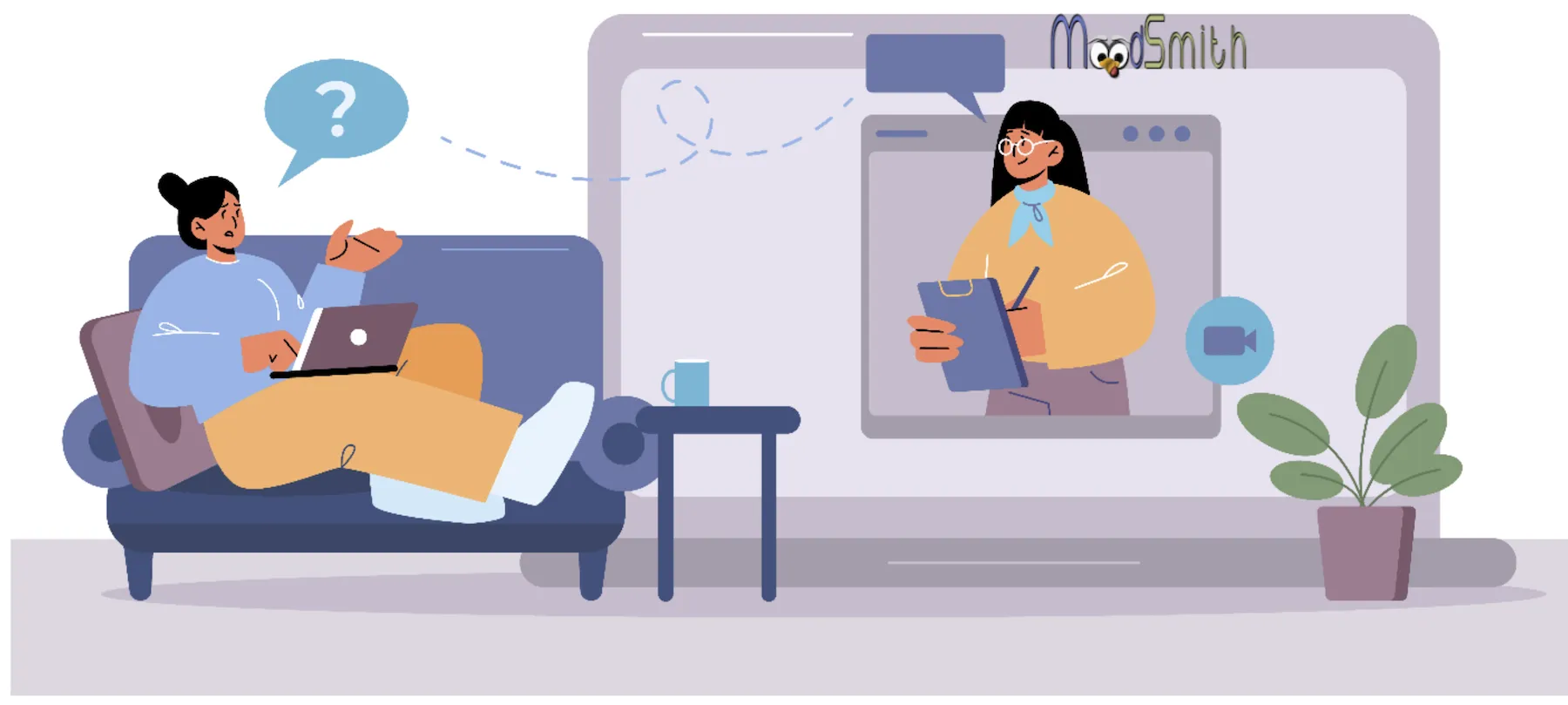I am writing a series of articles to show you how therapy can help with intrusive thoughts. I shall cover.
- Exposure Response Prevention ERP
- Cognitive Behavioural Therapy CBT, as this model, addresses some limitations of ERP in examining the role of thought processes.
- A series of different paths will help with rumination and intrusive thoughts.
Throughout this series, I shall be giving you things to try. I aim to introduce various models of therapy that can help and allow you to choose treatments that will work best for you.
This guide will begin with an overview explaining intrusive thoughts and how to tell intrusive thoughts apart from others. Understanding this difference is necessary, as before seeking treatment, you need to know you are dealing with intrusive thoughts that occur within OCD.
Why do you need to know this?
Different mental health conditions have treatments designed to work with a particular state, just as various medical conditions have other treatments. To get better, you need a professional to say what is wrong. You might understand this better if I give a medical example.
In my personal life, I had been ill for 18 months. Initially, I experienced vertigo and got a diagnosis of labyrinthitis and treatment to help me recover. However, I did not get better, was left feeling light-headed, and kept getting various treatments for vertigo. Eventually, the medical professionals discovered another problem, were treated for that and got better.
My recovery depended on getting the correct diagnosis and treatment based on what was wrong. It is the same for your mental health; to recover, you first need to know what is wrong to start therapy designed for your particular condition.
Overview of Intrusive Thoughts
Intrusive Thoughts occur as part of OCD and have both obsessions and compulsions. The obsessions are the intrusive thoughts, and the compulsions are the things you do to help you manage the thoughts, such as seeking reassurance.
An important distinction is that the intrusive thought occurs with no effort on your part and the compulsion is something that you initially choose to do. Over time, though, the compulsion is no longer a choice and can occur automatically after having the intrusive thought, almost like a habit.

Structured self-help course for Intrusive Thoughts from the privacy of your home
Dr Ryan: Psychologist and Founder of MoodSmith
Why is this important?
It is essential because the trouble with intrusive thoughts is that most things that keep them going occur automatically, and this needs to be broken down and addressed with therapy.
When working with someone like myself, a psychologist, or another mental health professional, you learn that compulsions have a function, a purpose if you like.
Things for you to try now
Think of your intrusive thoughts and ask yourself what would happen if you did not perform the compulsion.
Doing this helps you discover the function of your compulsion.
For example, people with what I shall call more classic OCD (the type that mainstream media is more familiar with) might help explain the function of compulsion in a way that makes sense.
Someone who has OCD surrounding contamination could wash their hands in a certain way after touching something. What would happen if I asked them if they could not wash their hands, i.e. not carry out their compulsion? They might say they get very anxious and fear spreading germs and making someone sick.
In this example, the function of the compulsion is to keep the people they care about safe.
I shall give an example to help you find the function of your compulsions that follow your intrusive thoughts.
“I could push him onto the road full of traffic”. Ask yourself what you do when you get a thought like this.
“I analyse it and look for examples that I am a good person”.
Then ask yourself, what would happen if you could not do this analysis, could not perform this mental compulsion?
The answer might be that you are a bad person, capable of harming others, and it is unsafe for others to be around you.
Therefore, the function of your mental compulsion is to reassure yourself that you are a good person and keep others safe.
Having a correct understanding of what is happening to you means getting treatment that will help. If you only think you have thoughts and are unaware of your compulsions and their function, it will make it harder to get better. As I always say, if you want to get better, you must understand what wrong first which leads me nicely to get a diagnosis is.
Getting a diagnosis
Mental health professionals use the Diagnostic and Statistical Manual DSM for diagnosis. When you meet with a mental health professional, they will look for signs of OCD, as there is no diagnosis for intrusive thoughts alone. According to DSM for a diagnosis to be given to you need to have
obsessions, compulsions or both,
these need to affect your quality of life by taking up more than one hour per day or causing you distress,
the clinician needs to ensure that your symptoms cannot be better explained by another condition or the effects of medication or drugs.
The type of OCD or the content of your intrusive thoughts is not as crucial as getting a diagnosis of OCD, as treatment is the same for all types of OCD.
In the next part of this guide, I shall explain what it is like to meet with a psychologist for an assessment to help you with intrusive thoughts.
